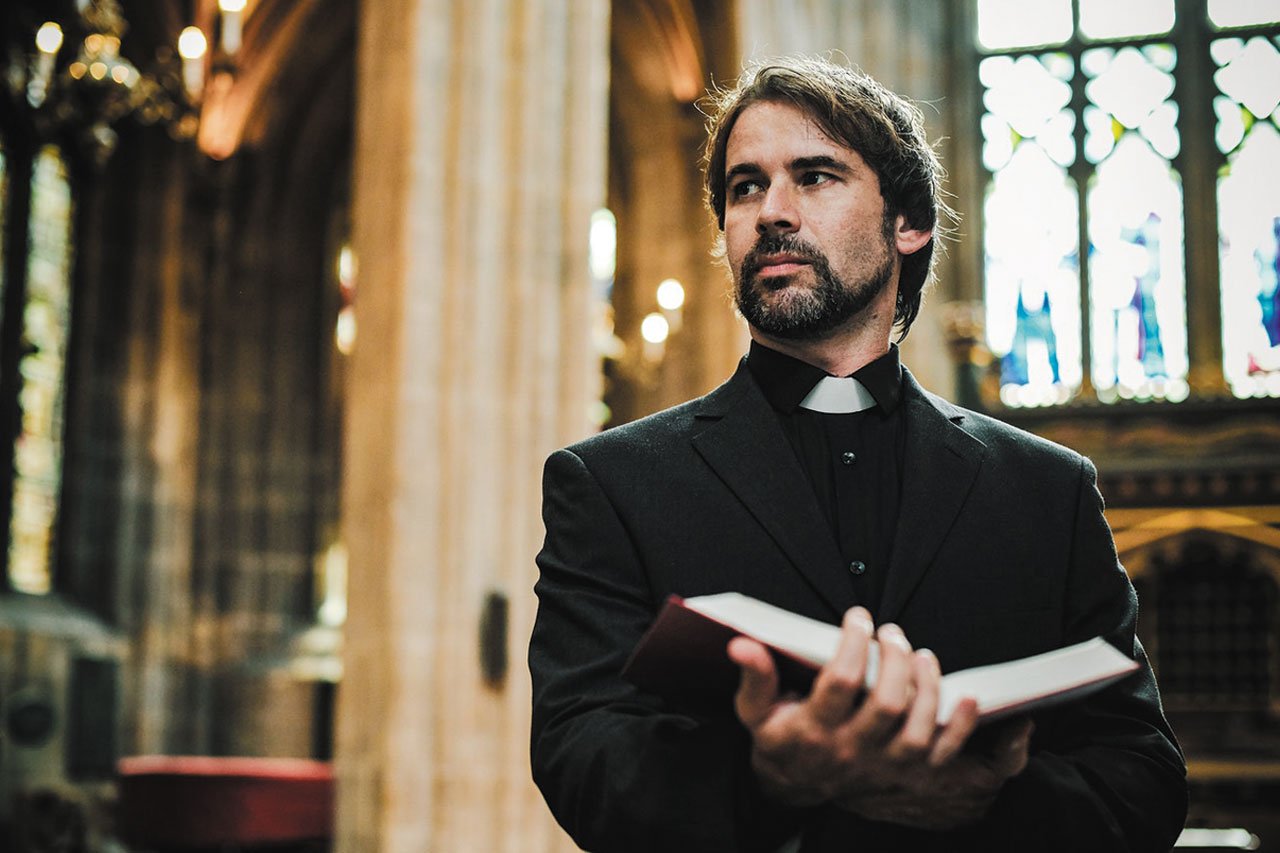Most people today use the Gregorian calendar to track time, but the Bible operates on a different system: the Hebrew calendar. Did you know that understanding the nuances of this ancient calendar might be essential to finding some of the most important prophecies in Scripture?
Many of us may not realize the Hebrew calendar isn’t as simple as it seems. Timekeeping methods differed, leading to potential misunderstanding if we weren’t aware of these variations. It’s important to consider the different ways the Hebrew day was observed. Some people marked time from 6 a.m. to 6 a.m., while others started their day at 6 p.m. and went until 6 p.m. the following day. This difference actually affects how we interpret events like the Last Supper.
The Last Supper: Which Calendar Was Used?
Was the Last Supper before or after Passover? According to some interpretations, it depends on which calendar is being used. If Jesus and his disciples followed the Galilean calendar, the Last Supper could have been a Passover meal. However, according to the Judean calendar, the Passover lamb would have been sacrificed the following day. This distinction resolves apparent contradiction in the Gospels, which sometimes say Jesus would be raised “the third day” and other times “after three days.” Both statements can be true depending on the calendar being referenced.
Sacred vs. Civil: Two Years in One
There’s more to the Hebrew calendar than just different starting points for the day. The Old Testament also recognizes two different years: the Sacred Year and the Civil Year. This distinction further complicates our understanding of timing in the scriptures. For example, the reigns of kings are described in seemingly conflicting statements. But these statements can both be true depending on whether the Sacred or Civil Year is being used.
The Mystery of the Missing Years: Where Did They Go?
Perhaps one of the most intriguing aspects of the Hebrew calendar is the concept of “missing year.” Most people don’t know that some years seem to be missing from the total count. Even modern rabbis claim that no years were ever subtracted. However, evidence suggests otherwise. A significant clue can be found in the sign given to Hezekiah. When the “10 steps of the sundial of Ahaz” were turned back, those years may not have been counted in the official record. The total number of missing years may be 323 or 17 cycles of 19 years. Understanding these “missing years” is critical to aligning biblical timelines with historical events.
Are We Observing the Jubilee Correctly?
Another important piece of the puzzle is the Jubilee cycle. The question we need to ask ourselves is this: Are we observing the Jubilee cycle the way it was originally intended? We need to determine the starting point of the prescribed Jubilee cycles with their entry into the land of Canaan. Then it has to be reconciled with the actual Jubilee cycle that is observed now. This can be a problem trying to see how that is done. Daniel saw something: Was it what should have been observed, or what is actually being observed now? The key to understanding the relationship between the observed calendar (the civil) and the prescribed calendar (the sacred) has to do with what Daniel saw at the close of his visions.
The Significance of Numbers in Scripture
To fully grasp the intricacies of the Hebrew calendar and its connection to prophecy, it’s also essential to understand the Lord’s use of numbers in scripture. Numbers have meaning, and those meanings never change, even when they can be negative as well as positive in what they represent.
A call to Investigate
Understanding the Hebrew calendar holds the key to finding some of the most significant prophecies in the Bible, including the timing of the end times. As the Apostle Paul wrote in 1 Thessalonians 5:5, “Ye are all the children of light, and the children of the day: we are not of the night, nor of darkness.” Let us embrace the light and seek understanding, so we may be ready for whatever the future holds.





